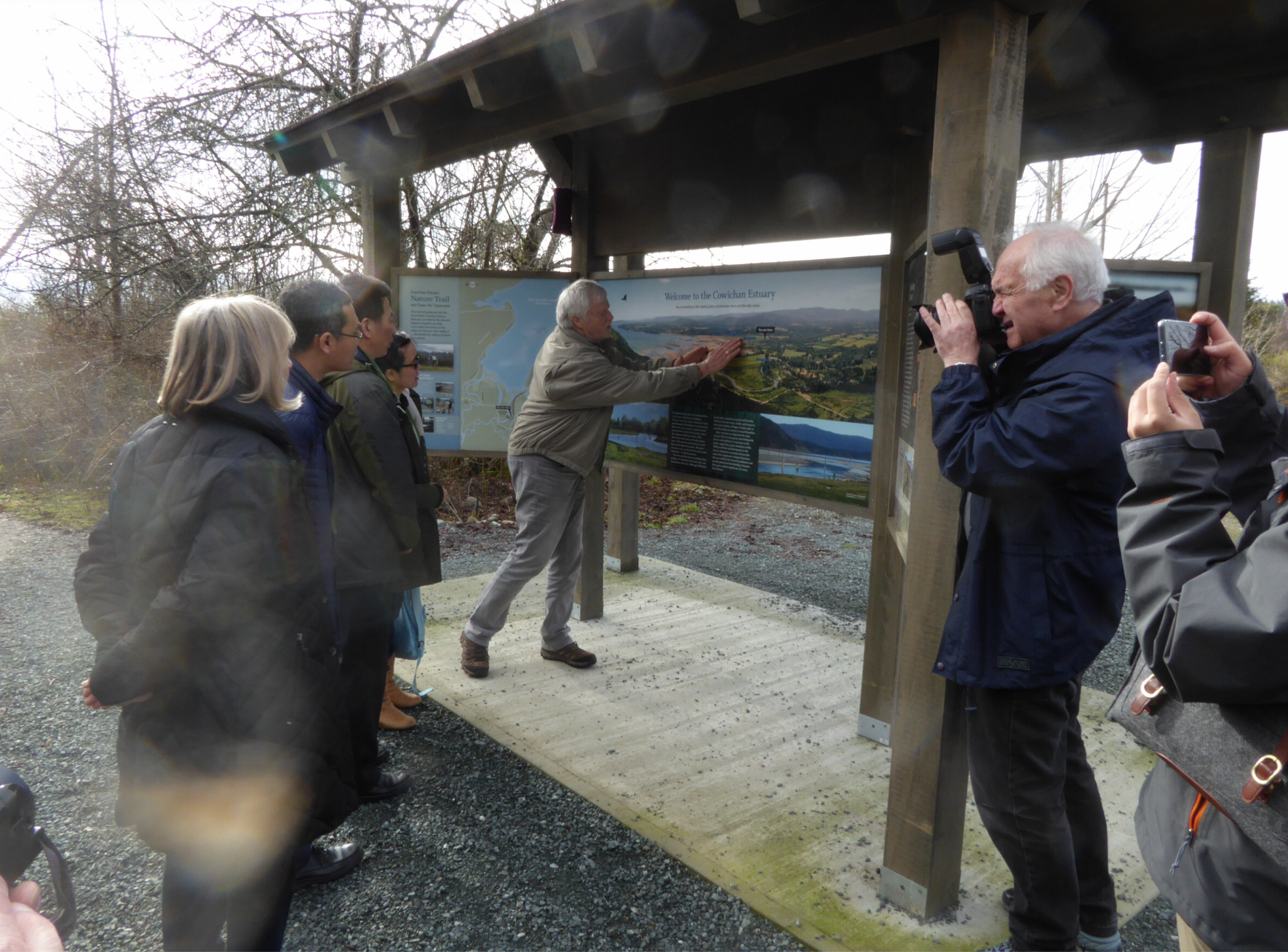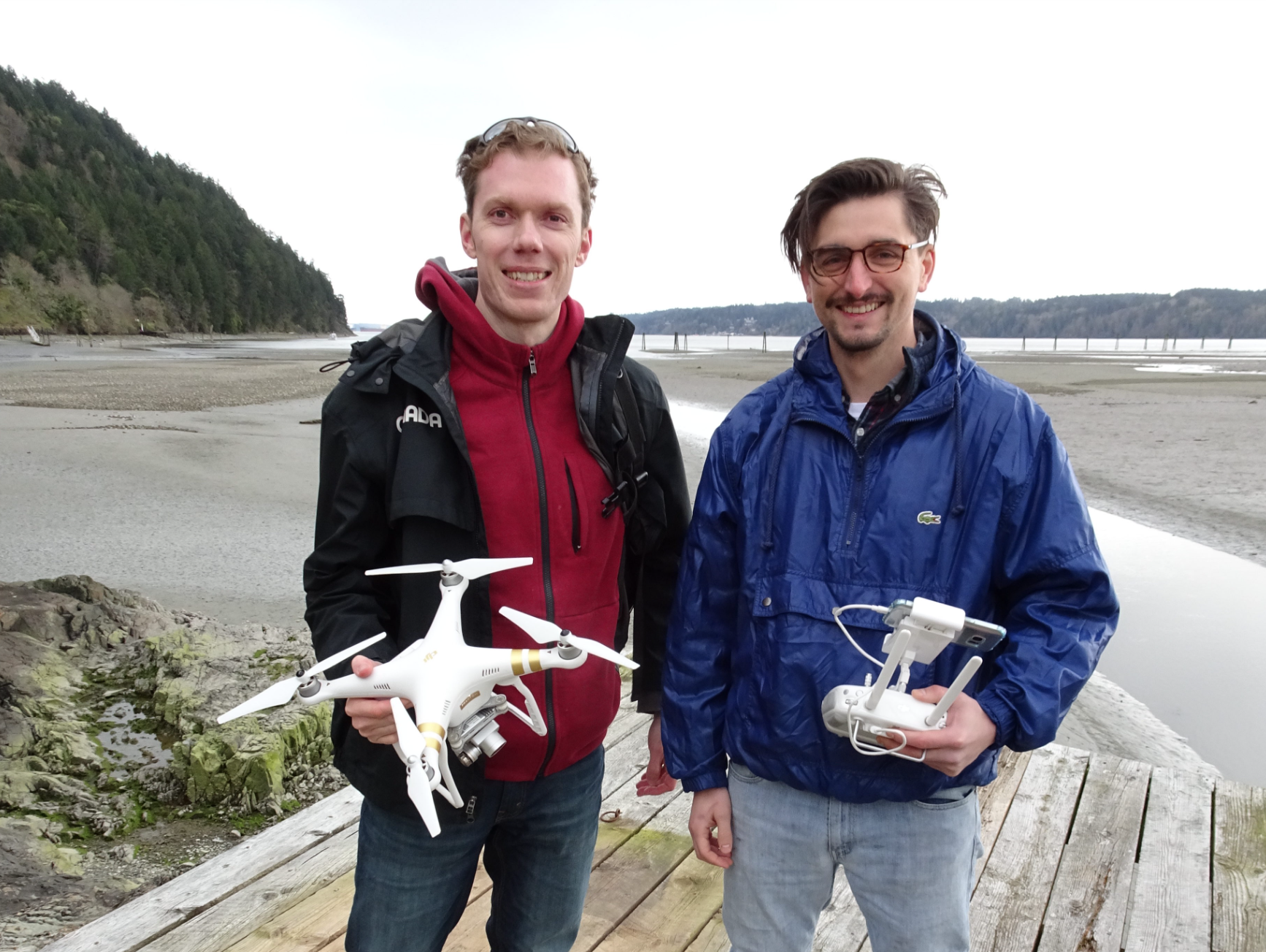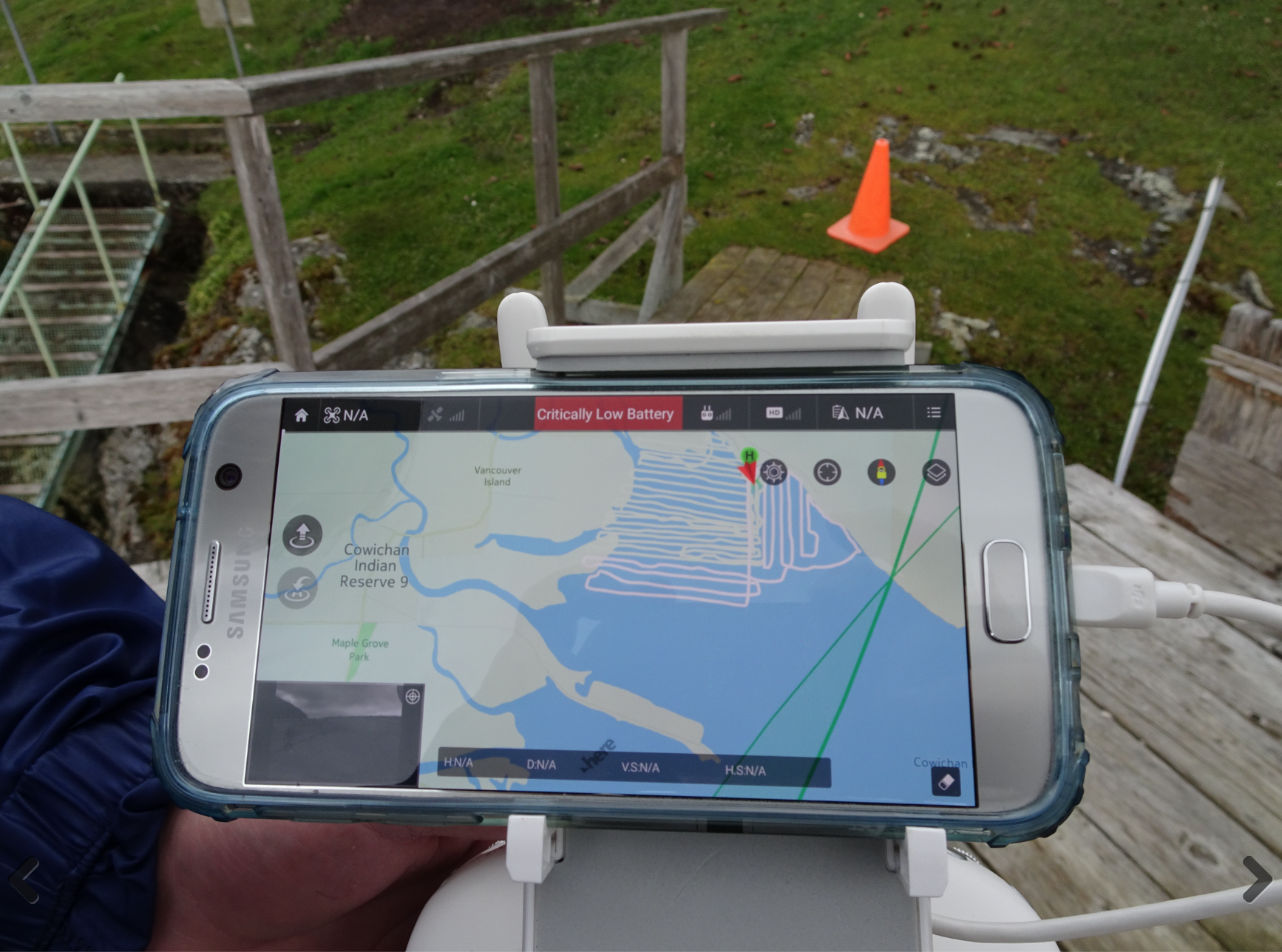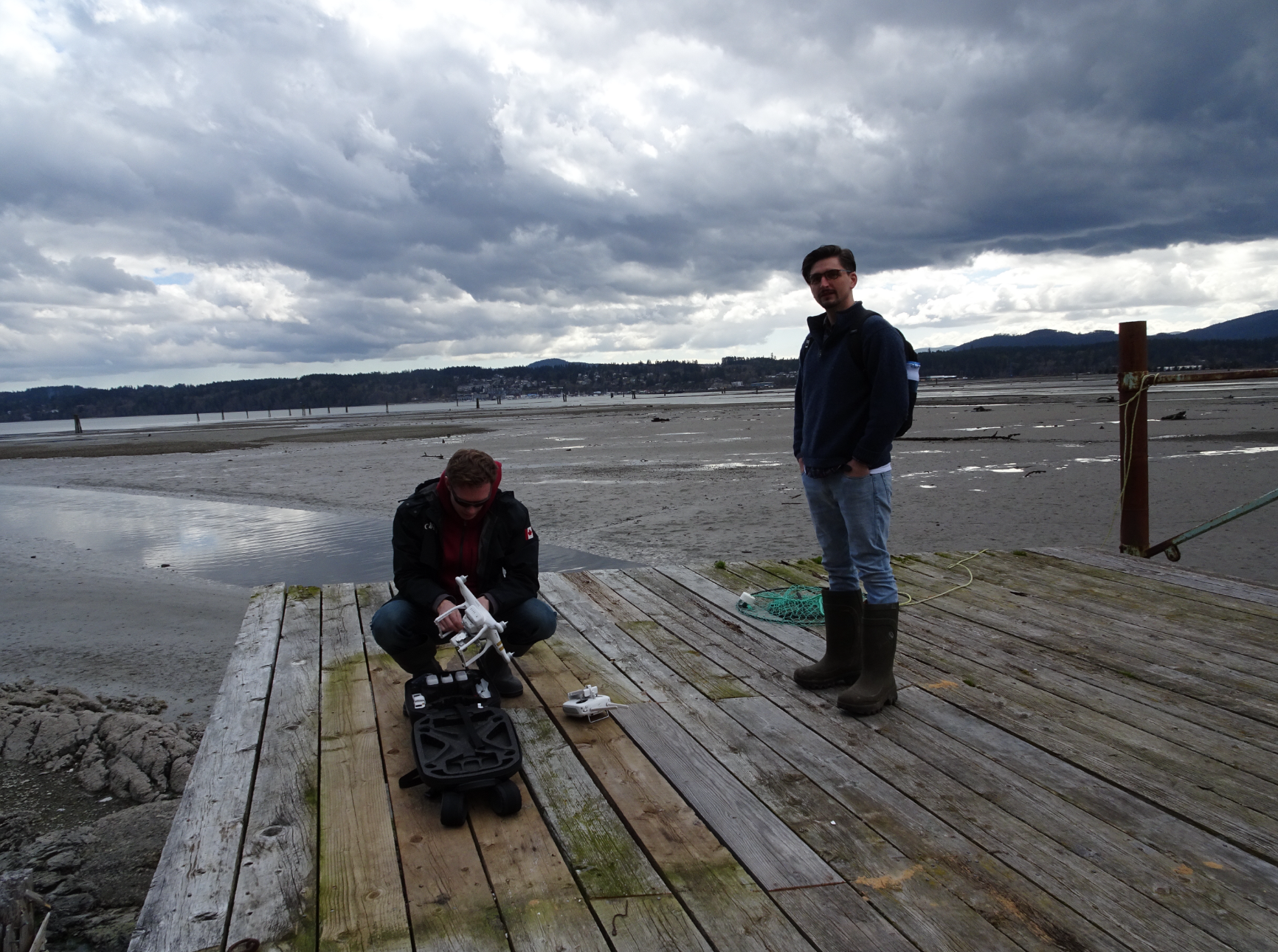CERCA signs Cooperation Agreement with Chinese Delegation
After several months of careful planning and preparation CERCA hosted a high level delegation from the coastal city of Tianjin in China, a city with a population of 15 Million and an area of approximately 12 Thousand square km. The Group visiting CERCA and the Cowichan Estuary on March 24 included the Deputy Director of the Tianjin Oceanic Administration and two Directors of the Tianjin Paleocoast and Wetland National Nature Reserve. This is one of the protected areas already established for the conservation and rehabilitation of an extensive estuary with a coastline of almost 180 km in length. A second reserve in the same estuary is the Dashentang Oyster Reef National Special Marine Reserve. The two protected areas have a combined total of almost 80 square km.
The answer to the question why this delegation working with a huge estuary in China compared to the eight square km Cowichan Estuary would want to visit our Estuary and learn from CERCA is simple: estuary ecology, problems, issues, challenges, and rehabilitation opportunities are very much alike. The Tianjin estuary has suffered from industrial and port related impacts for decades. The port of Tianjin is the largest port in Northern China and the main maritime gateway to Beijing. Several years ago this facility suffered from a devastating explosion with catastrophic consequence from the chemical spill for the estuary and harbor. This triggered not only major clean-up activities but also served as a wake-up call for rehabilitation and restoration of the estuary. There still is a shellfish closure in effect shutting down a centuries old major shellfish industry, similar to the shellfish closure in Cowichan Bay. The Dashentang oyster reserve covering more than 34 square km was established in 2012. It is one of the largest oyster banks in the world and recognized for its great importance for water purification, one of the reasons why The Tianjin State Oceanic Administration signed its first cooperation agreement with the Chesepeake Bay National Estuarine Research Reserve which protects and manages approximately 30 square km of estuarine lands and waters of the largest estuary in North America.
The main reason for signing a second cooperation agreement with CERCA appears to be the interest of the Tianjin Oceanic Administration in CERCA’s Blue Carbon Project which we jointly carry out with UVIC’s Institute of Oceanography. Dr. K. Juniper, the Supervisor of our CERCA member Tristan Douglas’s Master Thesis on the blue carbon project, will be the Key contact at UVIC.
It is China’s serious concern about global climate change and carbon emissions, air pollution and increasing health hazards plaguing their major cities, which makes them search for mitigation measures. Estuaries happen to be the most efficient carbon sinks of all ecosystems, but carbon sequestration potential of mudflats is still largely unknown and no protocol for its measurement exists to date. CERCA hopes to fill this gap. All research data will be shared with the rest of the world.
In preparation of the project CERCA has joined forces with The Department of Fisheries and Oceans and Ducks Unlimited providing financial support to estuarine habitat mapping (step 1), Dr. Vadeboncoeur and his Community Risk Network assisting in establishing a 3-D model of the estuary (step 2; see photo of drone survey taken April 4 at low tide), and the CVRD providing funds for the rather expensive isotope analysis of mudflat substrate samples. Dr. Vadeboncoeur and his associates jointly with UVIC will assist in the planned microbial inventory of the mudflat closely linked to carbon sequestration. The first set of substrate samples will be taken in April on completion of the micro-habitat mapping. All data collected during this project will be geo-referenced, GIS processed, and socialised which form an integral part of the CVRD’s interactive mapping project covering the entire Cowichan Watershed.
The response to CERCA’s highly successful Symposium on Climate Change and the Economy (March 31, 2017) may also reflect the great importance of CERCA’s blue carbon project.
Dr. Goetz Schuerholz
Chair CERCA






